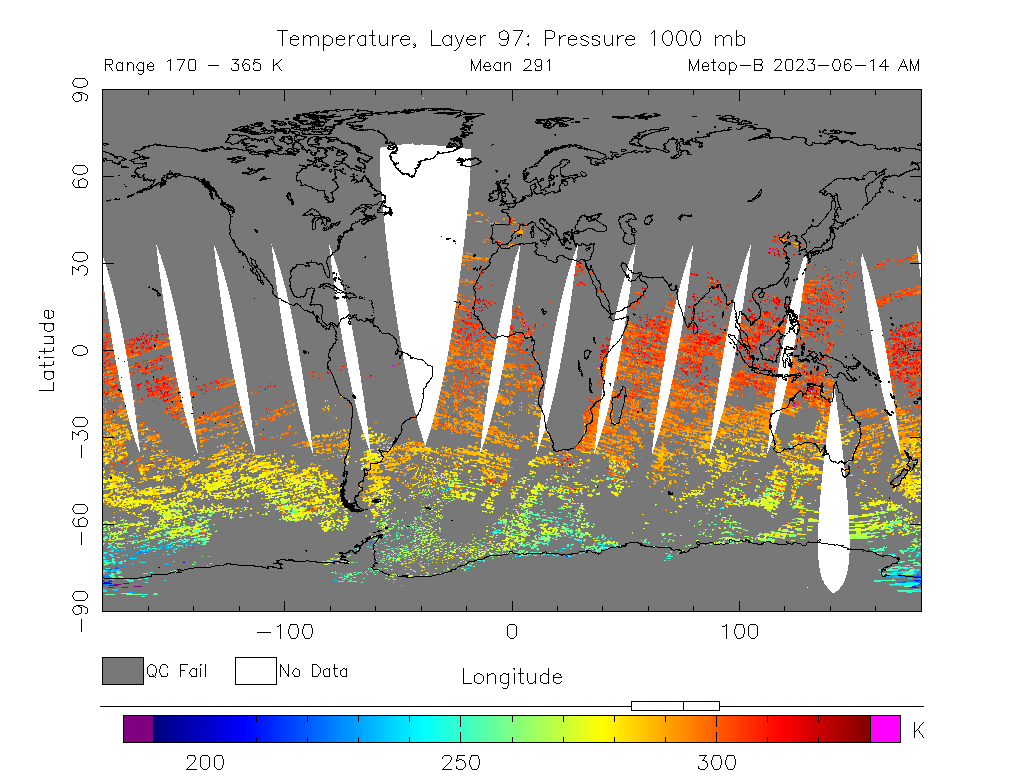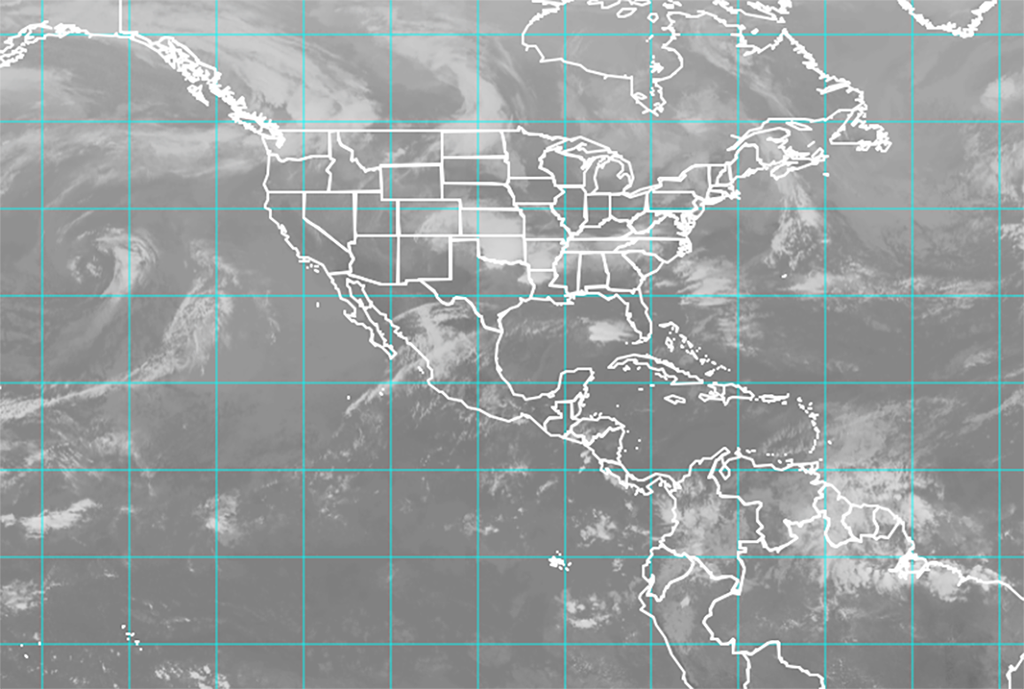HEAP/IASI Soundings
IASI, on the MetOp satellite, launched in October 2006, provides temperature and humidity profiles with high vertical accuracy. The processing system's primary goal is to generate radiance products from EUMETSAT data, which are then sub-setted, reconstructed through Principal Component Analysis, and globally gridded. These radiance products are distributed to users in BUFR, NetCDF, and BINARY formats, available in various data levels and user-specified locations.
POES | Resolution: Varies | Frequency: Varies
HEAP/NUCAPS Soundings
NUCAPS was created to produce thinned radiances, retrieved products (temperature, moisture, trace gases, cloud-cleared radiances), and validation data (radiosonde matchups, gridded radiances/profiles). Thinned radiance products are in BUFR format, customized for NWP centers. NUCAPS EDR products are archived in CLASS for non-real-time users. Data is sourced from CrIS and ATMS on SNPP and will be available from JPSS-1 and JPSS-2.
POES | Resolution: Varies | Frequency: Varies
Satellite Cloud Product (SCP)
The GOES Satellite Cloud Product (SCP) is a text product that complements the National Weather Service's (NWS) ASOS. These text products, also known as ASOS SCP, identify cloud cover conditions over ASOS stations and organize them by state.
GOES | Resolution: Varies | Frequency: Hourly





